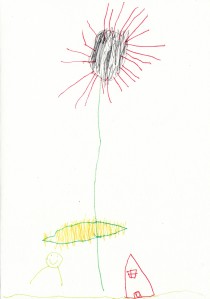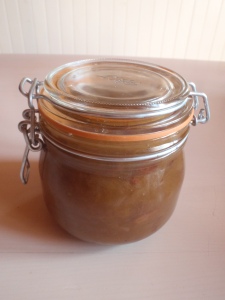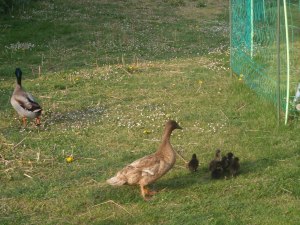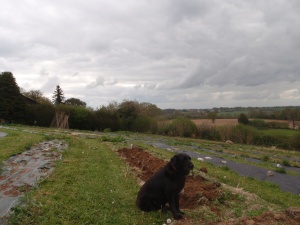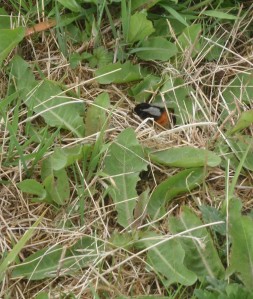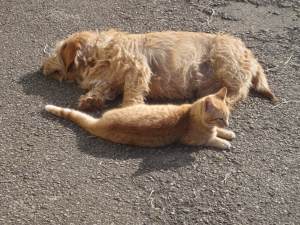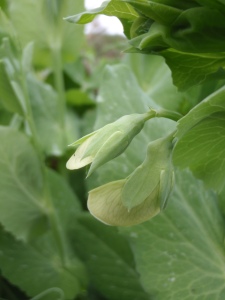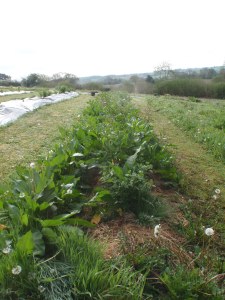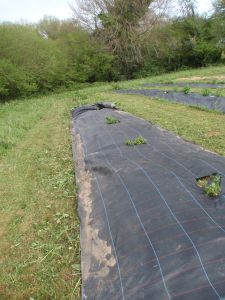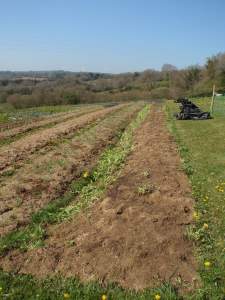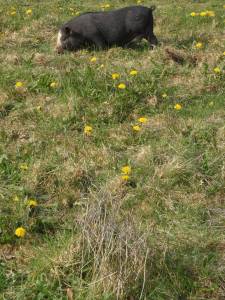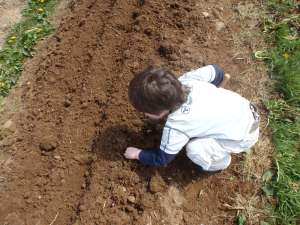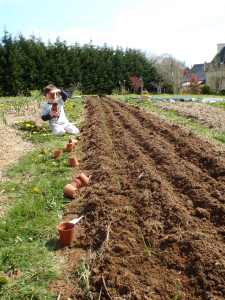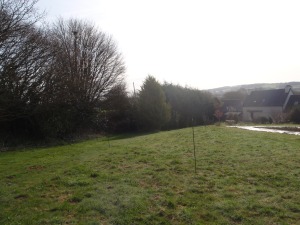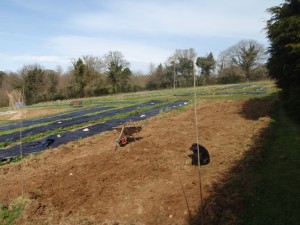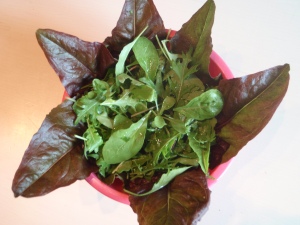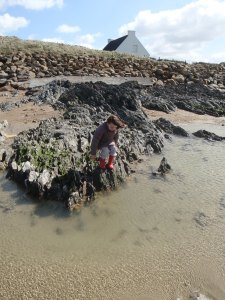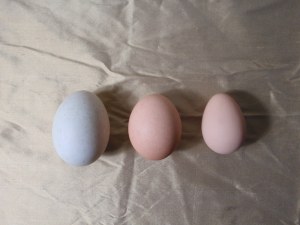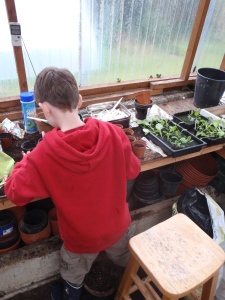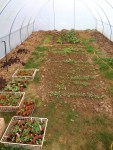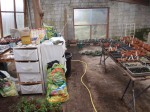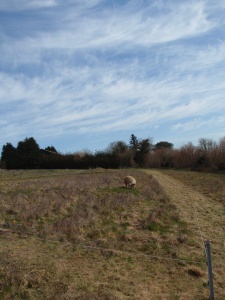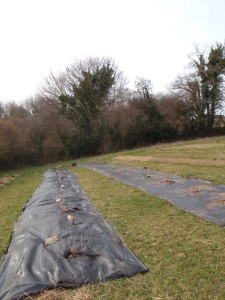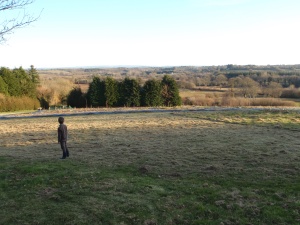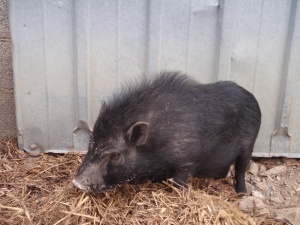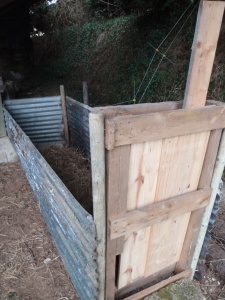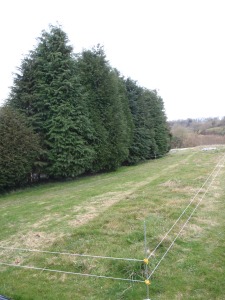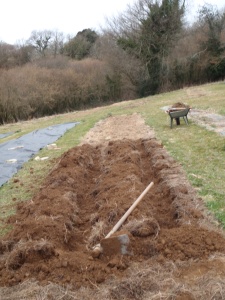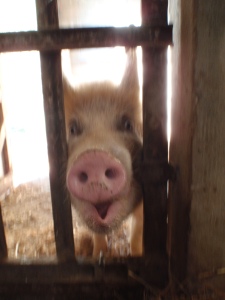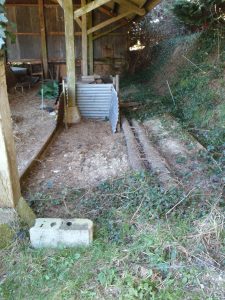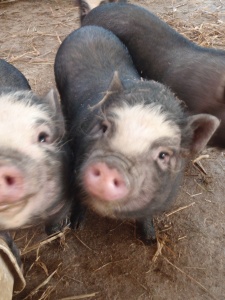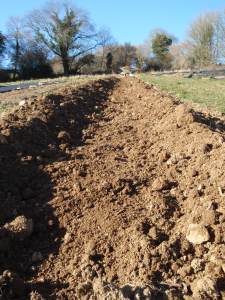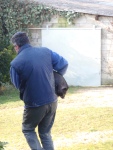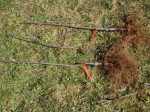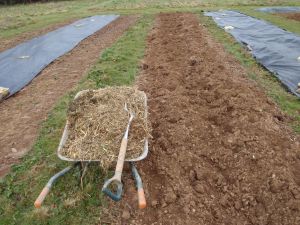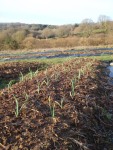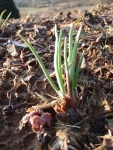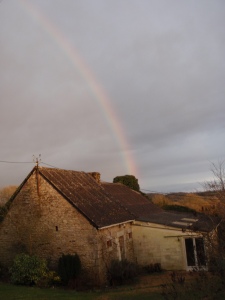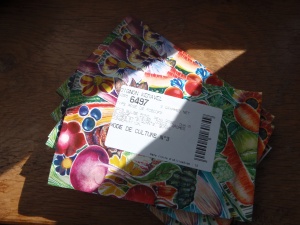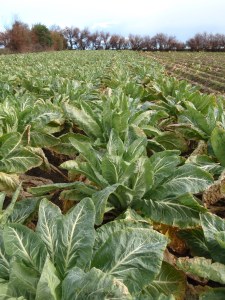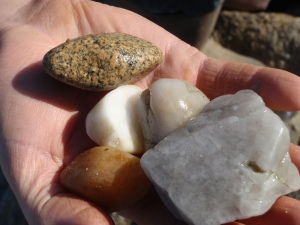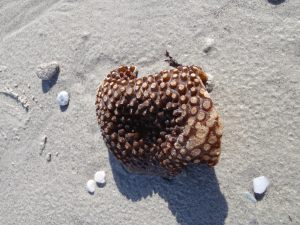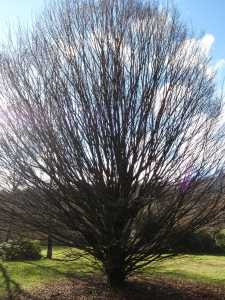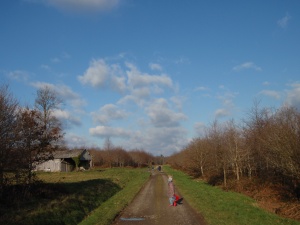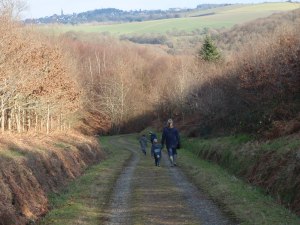Busy as a stump-tailed cow in fly time (367)
by Max Akroyd
So many sayings are applicable to gardening you could probably give up growing plants and just cultivate annoying dictums instead.
That one about having too many pots on the boil is on my mind at the moment. With a poorly wife, four kids to entertain and a big pig with a limp it’s tempting to give up on gardening and write country and western songs instead!
A whistling woman and a crowing hen never comes to a very good end… Clearly, you can’t have it all and some projects will not come to fruition. Before today, the Perennial Beds were starting to look a bit like this year’s losers. I’ve advocated the perennial vegetable to self-sufficient types before and I’m still convinced of all this. But an aspect of their wild and unreformed nature is the difficulty getting the seeds to germinate: good king Henry, patience dock and Turkish Rocket have all failed to materialise. I’m presently awaiting results of sorrel, Witloof and seakale sowings. Hopefully they will join the rhubarb and Welsh onions which have made it through the drought and keep the theme of this area alive.
But after giving the area a good haircut with the strimmer and the mower this morning it’s apparent there will be plenty of vacant bed space – some of it even cultivated – to accommodate non-perennial things. Enter stage left the host of May sowings which are sprouting within hours of hitting that nice warm compost. Just goes to show even a blind hog finds an acorn now and then.
This afternoon I have to explain to my nine year old that he can’t watch the England friendly but has to help me shift rocks instead. That will not be as easy as sliding off a greasy log backward.










